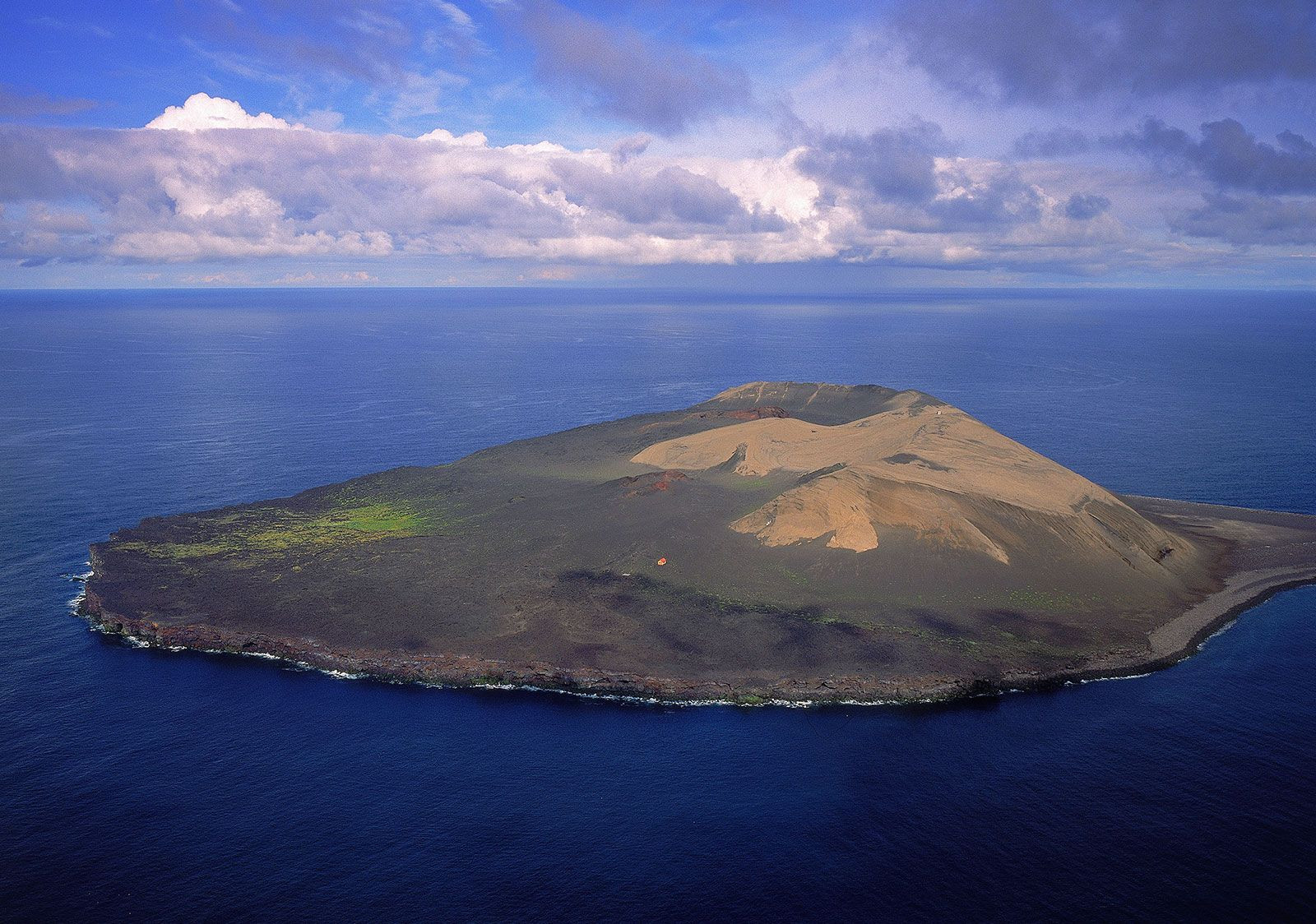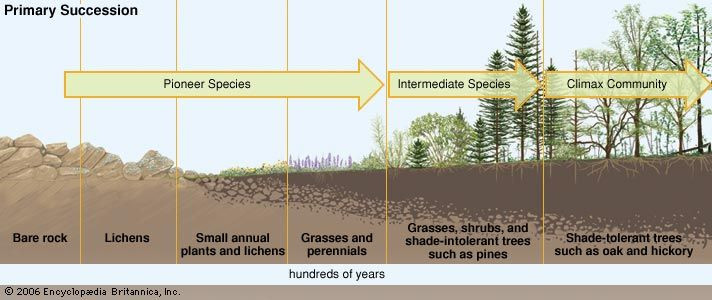Pioneer species are the hardy organisms that are the first to colonize barren environments or disrupted ecosystems, initiating ecological succession. These resilient life forms play a crucial role in transforming inhospitable landscapes into thriving habitats, paving the way for more complex and diverse communities. Understanding the definition of pioneer species is fundamental to grasping the dynamics of ecological change and ecosystem development.
In essence, pioneer species are nature’s first responders. They are the vanguard of life, venturing into areas where life is scarce or nonexistent. These environments can range from newly formed volcanic islands, such as Surtsey, Iceland, to areas devastated by natural disasters like wildfires or glacial retreats, leaving behind bare rock or infertile land.
 Surtsey Iceland pioneer species
Surtsey Iceland pioneer species
Characteristically, pioneer species are adapted to survive in harsh conditions with limited resources. They often exhibit traits such as rapid reproduction, tolerance to extreme temperatures and nutrient scarcity, and the ability to utilize atmospheric nutrients like nitrogen. Microorganisms, including bacteria, are often the earliest pioneers, colonizing surfaces like bare rock. Lichens, symbiotic partnerships between fungi and algae, frequently follow. They can extract nutrients from the air and rock surfaces, initiating the crucial process of soil formation. Lichens secrete acids that break down rocks, and as they decompose, their organic matter mixes with fragmented rock particles, creating the initial layers of soil. Mosses are another significant group of pioneer species, contributing to rock breakdown and soil enrichment through similar mechanisms.
The role of pioneer species extends beyond mere survival; they are ecosystem engineers. Their activities fundamentally alter their environment, making it more habitable for subsequent species. By fixing nitrogen and adding carbon to the nascent soil, microorganisms and lichens enhance soil fertility. The accumulation of organic matter from decaying pioneer species further enriches the soil structure and nutrient content.
Following the initial wave of microbial and lichen colonization, wind and water disperse seeds and spores of other pioneer plants, such as grasses and ferns, to these newly modified environments. These plants take root in the developing soil, further stabilizing it and adding more organic matter. Invertebrates like ants, worms, and snails soon arrive, contributing to soil aeration and nutrient cycling by processing plant litter.
 Primary ecological succession pioneer species role
Primary ecological succession pioneer species role
As the environment gradually becomes more hospitable, intermediate species, like shrubs and small trees, begin to colonize, often outcompeting the pioneer species for resources like sunlight. This marks a later stage in ecological succession, where the conditions created by pioneer species facilitate the establishment of a more complex and biodiverse ecosystem. While pioneer species may eventually be replaced by these later successional species, their foundational role in initiating and driving ecosystem development remains indispensable. They are the unsung architects of ecological change, demonstrating nature’s remarkable ability to create life even in the most challenging circumstances.
